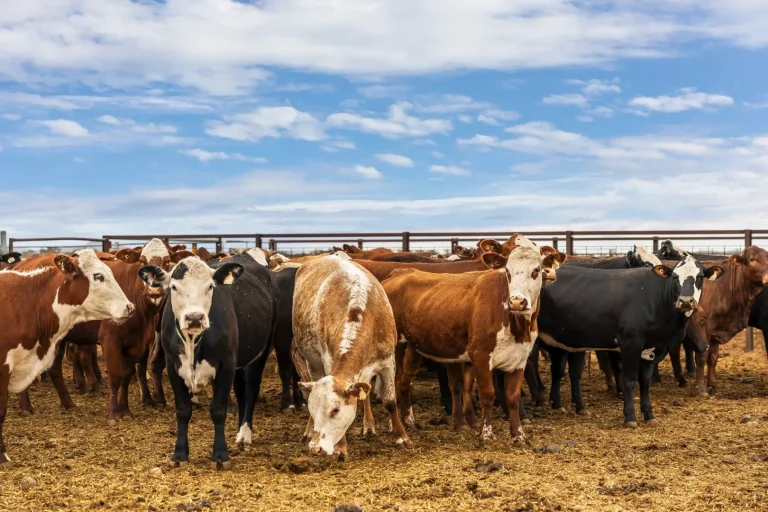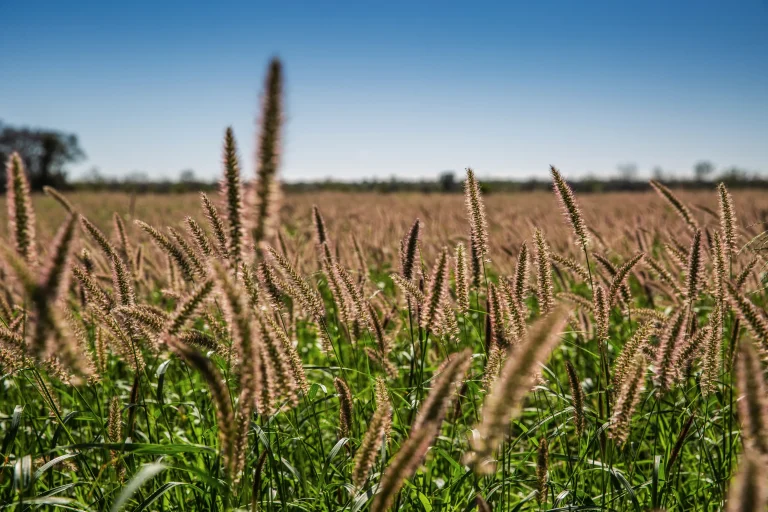Essential Guidelines for Investing in the Australian Dairy Farming Industry
Australia’s dairy sector represents one of the most stable and productive agricultural investment opportunities available today. The guidelines for investing in the Australian dairy farming industry require careful consideration of numerous factors, from property selection to operational management. Whether you’re a first-time agricultural investor or looking to expand your rural property portfolio, understanding these investment principles can make the difference between success and disappointment.
At Agribusiness Horizons, we regularly assist clients who seek to enter this rewarding sector. Our team provides specialized guidance for those following guidelines for investing in the Australian dairy farming industry, helping investors make informed decisions based on comprehensive market analysis and property evaluation. This article will walk you through the key considerations, market factors, and strategic approaches that successful dairy farm investors employ.
You’ll learn about property selection criteria, financial planning requirements, operational considerations, and risk management strategies that form the foundation of successful dairy farming investments across Australia’s premier agricultural regions.
Understanding Australia’s Dairy Investment Landscape
The Australian dairy sector has maintained its position as a cornerstone of the nation’s agricultural economy for generations. This industry spans across multiple states, with Victoria leading production, followed by significant operations in New South Wales, Queensland, and Tasmania. Each region offers distinct advantages and challenges for potential investors.
Regional variations in climate, soil quality, and infrastructure create different investment profiles across the country. Victoria’s high-rainfall regions command premium prices due to their consistent productivity and proximity to processing facilities. New South Wales dairy operations often benefit from diversification opportunities and strong domestic market access. Queensland’s subtropical conditions allow for year-round production in many areas, while Tasmania’s temperate climate supports intensive farming systems.
The dairy farming landscape has undergone significant modernization in recent decades. Contemporary operations increasingly focus on efficiency, animal welfare, and environmental stewardship. These changes have created opportunities for investors who appreciate the value of well-managed, technologically advanced facilities that align with modern consumer expectations and regulatory requirements.
Market accessibility remains a critical factor in dairy farm valuation. Properties located near major processing facilities, transportation networks, and urban markets typically command higher values and offer better long-term stability for investors seeking agricultural real estate opportunities.
## Key Investment Considerations for Dairy Properties
Property Assessment and Selection Criteria
Location forms the foundation of any successful dairy farming investment. Prime dairy country typically features reliable rainfall, quality soils, and reasonable proximity to processing facilities and markets. When evaluating potential acquisitions, investors must assess the property’s carrying capacity, infrastructure quality, and water security.
Soil quality directly impacts pasture productivity and long-term sustainability. Well-drained soils with good fertility support higher stocking rates and reduce feed costs. Properties with diverse soil types often provide flexibility for different farming systems and seasonal variations.
Infrastructure evaluation requires careful attention to milking facilities, feed storage, livestock housing, and fencing systems. Modern milking parlors with automated systems can significantly impact operational efficiency and labor requirements. Feed storage capacity affects the property’s ability to maintain consistent nutrition programs throughout seasonal variations.
Water security encompasses both quality and quantity considerations. Reliable water sources support consistent milk production and animal welfare standards. Properties with secure water rights or access to irrigation schemes often command premium valuations due to their production stability.
Financial Planning and Investment Structure
Capital requirements for dairy farming investments extend beyond the initial property purchase price. Working capital needs include livestock acquisition, feed programs, equipment maintenance, and operational expenses during establishment periods. Many successful investors allocate substantial reserves for the first two years of operation.
Financing options for dairy property acquisitions include traditional agricultural lending, equipment finance, and specialized rural property loans. Lenders typically require detailed business plans, cash flow projections, and evidence of agricultural experience or management capability.
Tax considerations play a significant role in investment planning. Agricultural tax concessions, depreciation allowances, and income averaging provisions can substantially impact investment returns. Professional tax advice specific to agricultural investments helps optimize these benefits.
Risk management through insurance and diversification strategies protects against market volatility, weather events, and disease outbreaks. Comprehensive insurance coverage typically includes property, livestock, public liability, and business interruption protection.
Operational Management and Production Systems
Management intensity in dairy operations requires significant time commitment and specialized knowledge. Investors must decide between hands-on management, employing professional managers, or entering sharefarming arrangements. Each approach has distinct implications for capital requirements, control, and returns.
Feed management represents the largest operational cost in most dairy systems. Properties with substantial pasture production capacity reduce reliance on purchased feed and provide greater profit margin stability. Supplementary feeding strategies using crops grown on-farm or nearby sources can enhance profitability while maintaining production consistency.
Herd management encompasses breeding programs, health protocols, and productivity monitoring. High-quality genetics and professional veterinary programs contribute to sustained production levels and animal welfare standards. Modern dairy operations increasingly rely on technology for monitoring individual animal performance and health status.
Labor requirements vary significantly between different management systems. Automated milking systems can reduce daily labor needs but require higher capital investment. Seasonal labor for tasks like silage making and pasture renovation requires planning and reliable contractor relationships.
Comparative Analysis of Dairy Investment Approaches
| Investment Approach | Capital Requirements | Management Intensity | Risk Profile | Return Potential |
|---|---|---|---|---|
| Owner-Operator | Moderate to High | Very High | Moderate | High |
| Professional Management | High | Low to Moderate | Moderate | Moderate to High |
| Sharefarming Partnership | Moderate | Low | Low to Moderate | Moderate |
| Lease Investment | Low to Moderate | Very Low | Low | Low to Moderate |
This comparison demonstrates how different investment strategies for Australian dairy farms align with varying investor profiles and objectives. Owner-operator approaches typically offer the highest return potential but require substantial management commitment and agricultural knowledge. Professional management arrangements provide operational control while reducing daily involvement, making them suitable for investors with limited farming background.
The guidelines for investing in the Australian dairy farming industry often recommend sharefarming partnerships for new entrants, as they provide learning opportunities while sharing both risks and returns with experienced operators.
How Agribusiness Horizons Supports Dairy Farm Investors
Our specialized approach to dairy farming investment advisory sets us apart in the agricultural property market. We understand that successful guidelines for investing in the Australian dairy farming industry require more than property identification – they demand comprehensive analysis of operational potential, market positioning, and long-term sustainability factors.
Our valuation and financial analysis services provide detailed assessment of dairy property investments using industry-leading methodologies. We analyze production capacity, infrastructure quality, and operational efficiency to determine realistic investment returns. Our reports incorporate environmental and social governance factors that increasingly influence dairy farm valuations and market acceptance.
Water rights and natural capital advisory services address critical aspects of modern dairy operations. We help clients understand water allocation systems, assess climate resilience factors, and identify opportunities for carbon offset income streams. These additional revenue sources can significantly enhance investment returns while supporting sustainable farming practices.
Our transaction support encompasses due diligence coordination, risk assessment, and negotiation assistance. We work with legal teams, agricultural consultants, and financial advisors to ensure comprehensive evaluation of potential acquisitions. Our market intelligence helps clients identify optimal timing for purchases and sales based on regional demand patterns and industry cycles.
Post-acquisition support includes transition planning, operational optimization advice, and ongoing market analysis. We assist with management recruitment, sharefarming arrangement structuring, and performance monitoring systems that help maximize investment outcomes.
Strategic Approaches and Future Opportunities
Successful dairy farm investors increasingly focus on sustainability and efficiency improvements that enhance both profitability and environmental outcomes. Modern dairy operations integrate precision agriculture technologies, renewable energy systems, and waste management innovations that reduce operational costs while meeting evolving consumer expectations.
Technological integration offers significant opportunities for operational improvement and cost reduction. Automated feeding systems, robotic milking technology, and pasture monitoring tools can enhance productivity while reducing labor requirements. These investments often qualify for government incentives and depreciation benefits that improve overall investment returns.
Market diversification strategies help dairy operations capture additional value from their production base. On-farm processing, direct marketing channels, and agritourism opportunities can supplement traditional wholesale milk sales. Properties with suitable zoning and infrastructure often command premium valuations due to these potential income streams.
Climate adaptation planning becomes increasingly important for long-term investment success. Properties with diverse pasture species, efficient irrigation systems, and flexible management capabilities demonstrate greater resilience to weather variability. Investment in these adaptive features helps protect asset values while maintaining production stability.
Regional development trends influence long-term property values and operational viability. Areas with improving infrastructure, processing capacity, and market access often experience stronger capital appreciation over time. Staying informed about regional planning initiatives and industry development helps guide strategic investment decisions.
Conclusion and Investment Planning Questions
The guidelines for investing in the Australian dairy farming industry require careful balance between financial analysis, operational understanding, and market awareness. Successful investors combine thorough due diligence with realistic assessment of their management capabilities and long-term objectives. The dairy sector offers attractive opportunities for those prepared to commit appropriate resources and develop necessary expertise.
As you consider dairy farming investment opportunities, ask yourself these thought-provoking questions: How will changing consumer preferences for sustainable and ethical food production affect the value of different dairy properties? What role will technological advancement play in determining which operations remain competitive over the next decade? How might climate variability impact the relative attractiveness of different dairy regions across Australia?
These considerations shape the future of dairy farming investment and highlight the importance of professional guidance in property selection and management planning. At Agribusiness Horizons, we’re committed to helping investors navigate these complexities and identify opportunities that align with their financial goals and risk tolerance.
Contact our team today to discuss your dairy farming investment objectives and learn how our specialized services can support your entry into this rewarding agricultural sector. Our expertise in rural property transactions, operational analysis, and market intelligence provides the foundation for confident investment decisions in Australia’s dairy industry.



